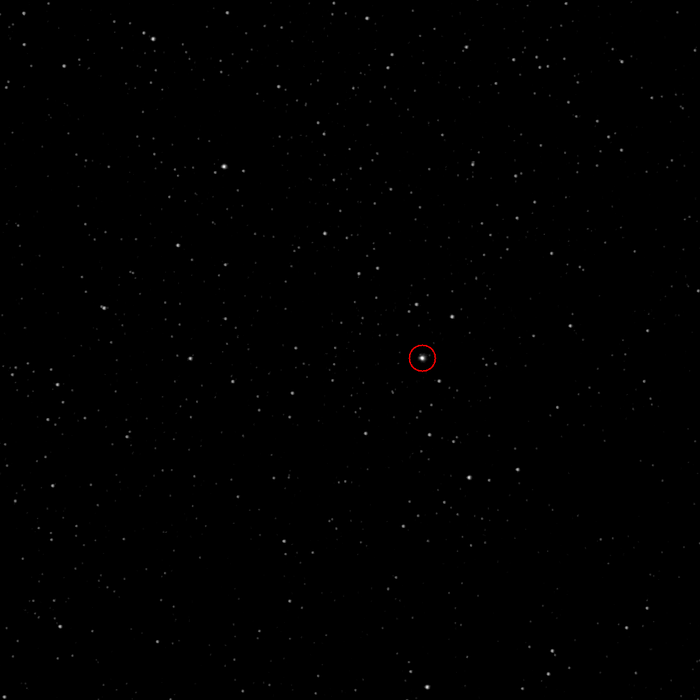Interplanetary station Rosetta sent the clearest picture of the nucleus of comet Churyumov-Gerasimenko: the nucleus of the comet turned out to be double

August 6, the day Rosetta’s interplanetary station enters the orbit of comet Churyumov Gerasimenko, is getting closer. And this means that the station itself is approaching a comet: now the object of research and the spacecraft are no longer cut by millions or hundreds of thousands of kilometers, but only about 9 thousand kilometers.
The other day, Rosette made the most detailed, at the moment, picture of the comet's nucleus, from a distance of about 12 thousand kilometers.

A bit of movement:

It turned out that the nucleus of the comet has the shape of an irregular figure eight. Similar “double” nuclei are not so rare, for example, the comet 8P / Tuttle has a similar structure.
Nevertheless, this form of the nucleus of comet Churyumov Gerasimenko makes it an even more interesting object to study. One popular theory that attempts to explain this shape of the nucleus is that the G8 is the result of the fusion of two comets that “fused” together during the evolution of the solar system billions of years ago. Just then, as another theory says, planets formed in a similar way.
But it could be different: a single cometary nucleus takes on a similar shape as a result of the influence of a powerful gravitational field of objects like Jupiter or the Sun. Most likely, once the core of the now-unified comet Churyumov-Gerasimenko will be split into two parts, and we will have two comets, not one.
In general, the comet is interesting to study, but its form makes the landing of the Filae probe more difficult than planned. Presumably, until August 6, and even after this date, scientists have reason to smash their heads.
By the way, most recently, the most detailed picture of the comet’s nucleus made by the device looked like this:

It is worth recalling that some time after reaching the planned point in the comet’s orbit, the station will launch a Filae probe, which will descend to the surface of the cosmic body. If everything goes well, scientists will be able to get a lot of information about the composition of the comet's nucleus, about the evaporation of matter from the comet's body under the influence of the Sun, and about the composition of the emissions.
Studying the outflow of water vapor / the composition of the comet’s gas “tail” is an important task that allows us to trace the evolution of cometary matter, investigate the effect of evaporation on the motion of celestial bodies close to the comet, and also explain the evolution of the solar system. It is possible that the study of comets will help explain the appearance of water on our planet.
Via nasa
